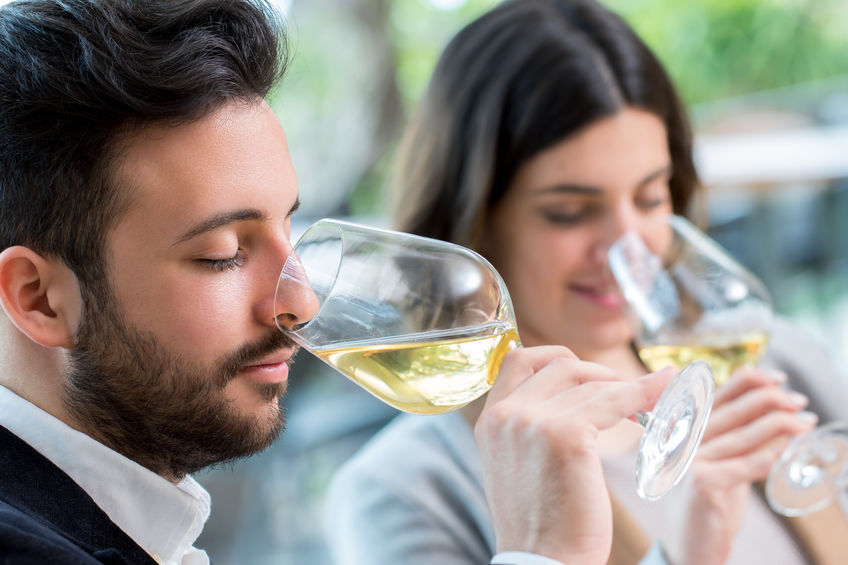Wine Tasting Kit:
Essential Tips and Tools for a Successful Sensory Experience

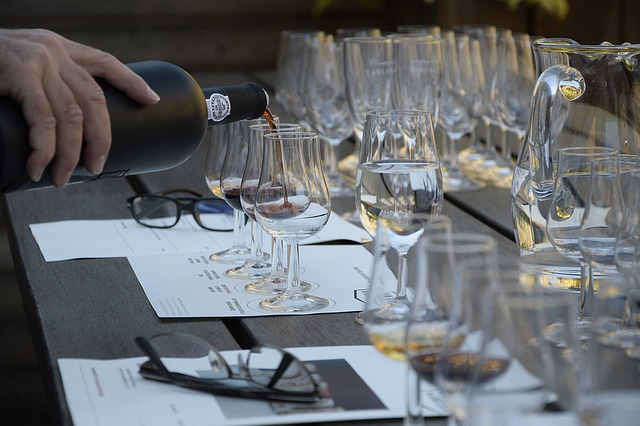
While you may choose to purchase a turn-key wine tasting kit (do they exist?), you can easily assemble one yourself with the tools and tips I am sharing here. I have set up a LOT of tastings during my career as a sensory scientist and still do!
I have tested many supplies and tools with variable success. You will find below my go-to wine tasting kit, a selection of preferred materials to host a wine tasting event.
Wine Tasting Kit Supplies
1- Once you selected a tasting theme, e.g. a wine region, a wine varietal, a wine producer, pick 4 to 6 wines to include in the tasting
- Count pouring for 6 people per 750 ml bottle (2 oz/participant for 2 servings as needed)
2- Plan to have one glass per wine and per participant
- If you possess enough uniform glassware for all participants, great!
Just make sure that the same glass shape is used for each wine, and of course that they are clean and clear - If you don’t have enough glassware, you can either rent them at your local restaurant supply store or you can ask each participant to bring their own tasting glasses
- Refer to these two articles if you need help choosing the type of glassware suited for your tasting purpose:
Should you Use Different Wine Tasting Glasses for Different Wine Styles?
Wine tasting basics: Starting on the right foot!
3- Source the following items for each participant:
- Glass for water (this can be disposable too)
- Filtered water in a pitcher or spring water with low mineral content
- Unsalted crackers or low sodium/no sugar bread
- Napkins
- Tasting mats
- Paper bags or bottle sleeves to mask bottle labels and other visual cues
- Pens to take notes; I avoid wooden pencils as they tend to have a smell that can be disturbing
- Wine tasting form to take notes on each wine
- Disposable spittoons unless you have vessels that can be used as individual spittoon.
******************
Note 1: Make sure that the spittoon has a shape, a size and a color very distinctive from the glass of water. I have seen so many folks rinsing their palate with the spittoon content, thinking it was the glass of water. Gross!
******************
Note 2: Disposable supplies come also in eco-friendly options. I have used compostable plastic cups made out of plant materials.
******************
Useful tools to include in the Wine Tasting Kit
Whatever the purpose of the tasting, participants will likely take notes on each wine to describe their sensory perceptions. As you know, it is difficult for novice tasters to find words to express what they smell, taste or feel. I always provide one wine aroma wheel to each participant and explain how they can use the different aroma categories to define what they perceive.
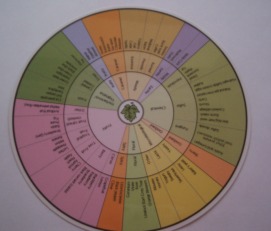
The Wine Aroma Wheel was created in the 1980s by Dr. Ann C. Noble at the University of California at Davis. Professor Noble was teaching wine sensory evaluation to undergraduate and graduate students enrolled in the world renowned Viticulture and Enology program. The Wine Aroma Wheel is used by many renowned wine education programs and sommeliers around the world.
<Read the article about this tool>
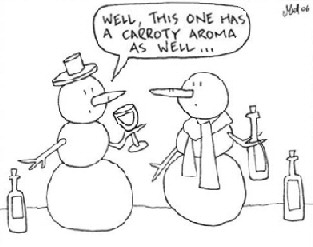
Sometimes words are not enough to communicate the type of aroma we experience when tasting a wine. Or we know the word, it is on the tip of our tongue, but we cannot spell it out, what Prof. Lawless had called the “tip of the nose” phenomenon. The use of a wine aroma kit (or wine references in our sensory jargon) is one of the best ways to improve ability to identify wine aromas and associate one of the aroma references with what one experiences tasting the wine. You can prepare your own wine aroma kit ahead of the tasting event or purchase one ready to use aroma kit.
<Read the article about this tool>
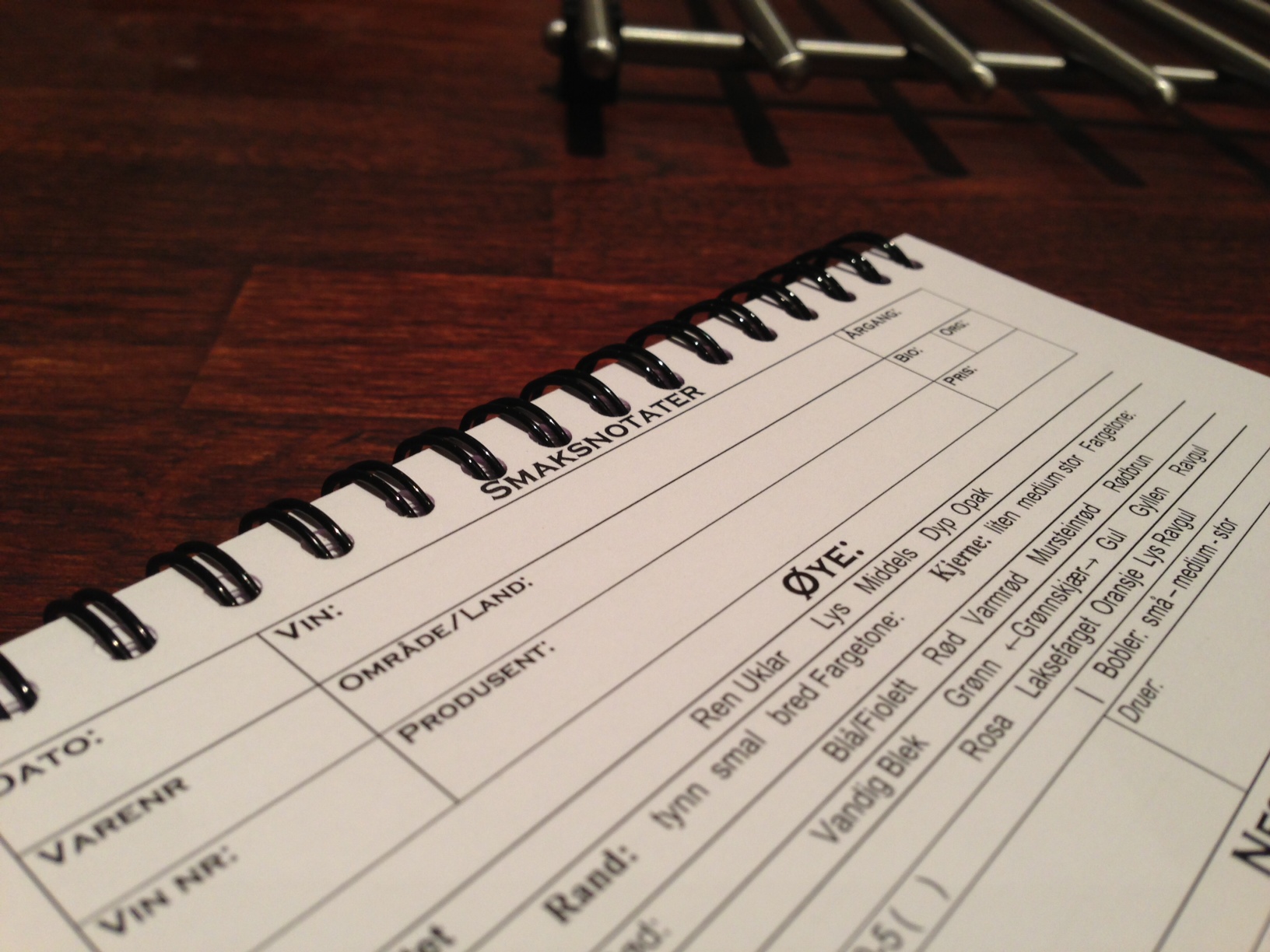
Keeping wine tasting notes is a good habit to adopt, especially if you are a taster in training, or in the present context, if you’d like to share your opinions on the wines that you tasted or to refer to your notes later.
By practicing consistent note taking to describe wine perceptions arising while tasting, you will develop a robust vocabulary to describe aroma, taste, and mouthfeel sensations.
Whether you choose to create your own lexicon or use the wine aroma wheel, the more you are using these words, the better. When a perception arises, you will try to associate its characteristics to one of these words. <Read the article about this tool>
It is therefore important to include in the wine tasting kit, one wine tasting sheet per wine and per participant.
Frederick, a WSET student, sent me his wine tasting checklist, tasting note template, and 2 tasting mat templates...for sharing with you all.
Download Frederick's tasting checklist.
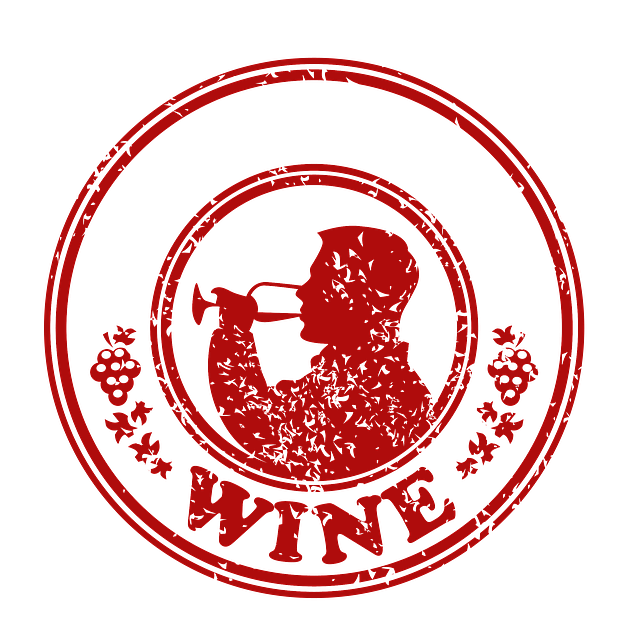
Include in the wine tasting kit an info-card on each wine.
While the sensory appreciation of each wine is paramount in a wine tasting, it is as important to communicate basic information on each wine at the end of the tasting. Why not at the beginning? Well, providing too much information on the wine origin, the brand, the price will create some expectations that will affect participants sensory perceptions. <Read more on tasting errors>.
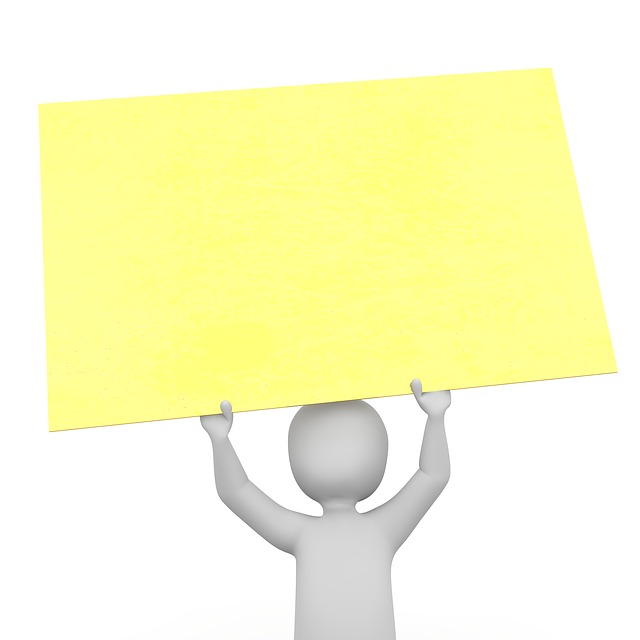
Wine Info Card should Indicate
- Grape varietal(s)
- Country of Origin
- Vintage
- Appellation
- Brand/Company name
- Winemaker name
- Retail price
- Retail outlet where the wine was purchased
- Any additional information or personal story that you would like to share about this wine

Wishing you great success!
Contact me if you have any questions
Home>Wine Tasting Kit


